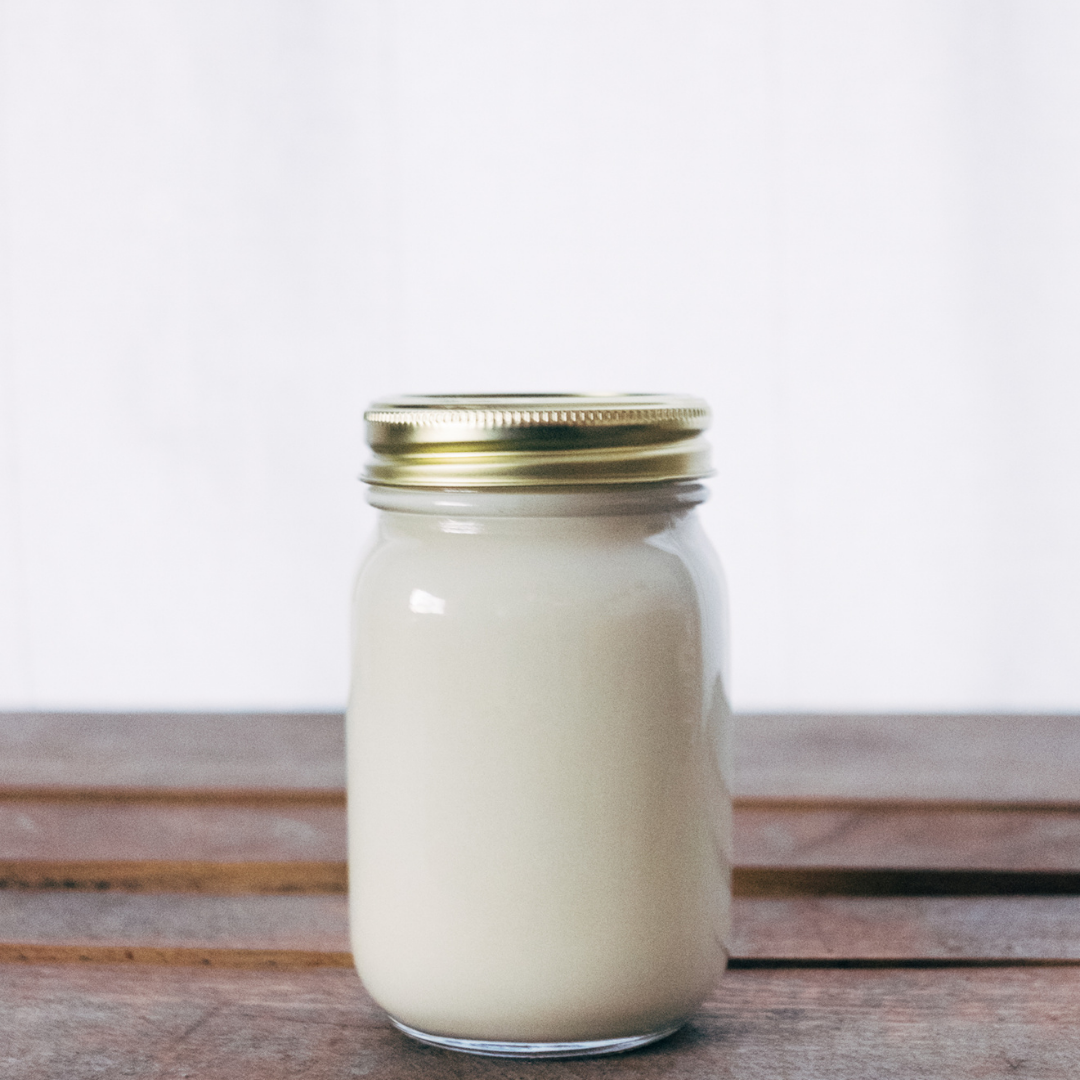Happy Thanksgiving!
One of the best things about November is the focus on being grateful and thankful. Everywhere you look there are posts and tweets showing gratitude. And we sure have a lot to be thankful for! Some things are so obvious we often forget to be thankful for. These are things like safe drinking water, warm houses, smart phones and electricity are so everyday for us that we forget how much we have.
Sometime this week, I encourage you to write a list of all the things you have to be thankful for. Don't feel silly including things like water, or your favorite pair of jeans. See how long you can make the list! Even if you don't feel like being thankful, I encourage you to do this exercise—gratitude changes our perception and experience of life, even if nothing is circumstantially different.
This is not to say that you don't have hard things in your life, or that you should pretend they aren't difficult. They are. Hard things are part of life and are very, very real. Remembering that there are good things in your life as well will help YOU through difficult situations.
As you know, most of my posts (so far, at least) aren't recipes. But it's Thanksgiving! The start of holidays and delicious, rich, made-with-love food. Well this recipe is definitely delicious, rich and made-with-love!
I took the recipe out of Gut and Psychology Syndrome by Dr. Natasha Cambell-McBride. If you are following the GAPS diet this is legal on stage 5 or 6, when you are tolerating dried spices and peppercorns.
This recipe is very simple—chop and combine ingredients, simmer for a while, then store in jars. It would be a great recipe to make in a crockpot... you really could fix it and forget it! But simple doesn't mean plain. It's delicious and adds flavor to any meat you are eating. And I'm told, quite excellent with turkey!
*This dairy-free, gluten-free, nut-free, sugar-free recipe would be great for gifts as well—ladle into pint jars and add a bow!
Fruit Chutney
Makes 3-4 quarts
Ingredients
2 lbs dried dates (without stones, cut in half)
2 lbs cooking apples (about 7 cups of pieces)
1 lb plumbs (I used packaged prunes)
3 medium onions (about 3 cups, finely diced)
3 peppers (about 2 cups, finely diced)
2 cups raw apple cider vinegar
1-2 tsp whole peppercorns (freshly crushed)
1-2 tsp aromatic seeds (I used cumin and dill)
1 tsp cayenne pepper
1-2 tsp natural salt
Directions:
Cut dates in half (and remove stones (seeds) if needed)
Slowly boil the dates in about 1 cup of water in a large pot until soft (about 10 minutes)
If you live in Colorado like me, and don't use a lid (also like me), you may need to add extra water during this process.
When the dates are soft, turn off heat and mash them with a potato masher—they don't have to be perfectly smooth, just mashed.
While you were softening the dates, I hope you were furiously chopping! I completely underestimated the time it was going to take to chop everything I needed for this recipe. If you want the process to go smoother, I would recommend chopping everything at the beginning. Then as soon as the dates are soft you can add the rest, stir occasionally, and walk away!
The directions from Dr. Natasha are:
Add everything else to the dates and simmer 1-1/2 hours on very low heat, stirring occasionally.
If you are like me and work better with a little note of panic, then by all means, chop furiously and add things as you chop. For all you step-by-steppers like me, below are pictures to show what I added.
Sterilize the jars.
Dr. Natasha recommends doing this in an oven. I had never done this but it seemed to work great! Place cold jars in a cold oven. Heat the oven to 250°F, then leave it at that temperature for 40 minutes to sterilize the jars. Pull the jars out of the oven one-by-one as you are ready to fill them so they stay hot. Use oven mitts!
Ladle the hot chutney into the jars.
A jar funnel is a lifesaver here!
I left just a little room for air, much less than my fermenting self wanted, but no jars exploded so it must be okay!
Wipe off any chutney on the rim of the jar. Then immediately seal the jar, tightening the lid.
Again, use an oven mitt—the jars are hot!
Place the jar on the counter, some distance between them.
It's better to not move the jars until they are cool, so place them where you will not need to move them for many hours, overnight is better.
When cool, place the jars into the refrigerator.
This is not a fermented food, so it does require refrigeration.
Serve with meats and fish. Good cold or warm.
It's delicious! I made this for our Thanksgiving feast in a few days, but tried it out with some chicken today. I enjoyed it thoroughly! I hope you enjoy it as well!
Onward!






















